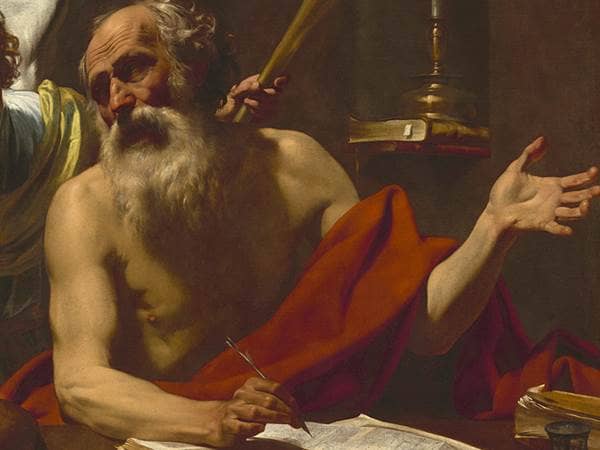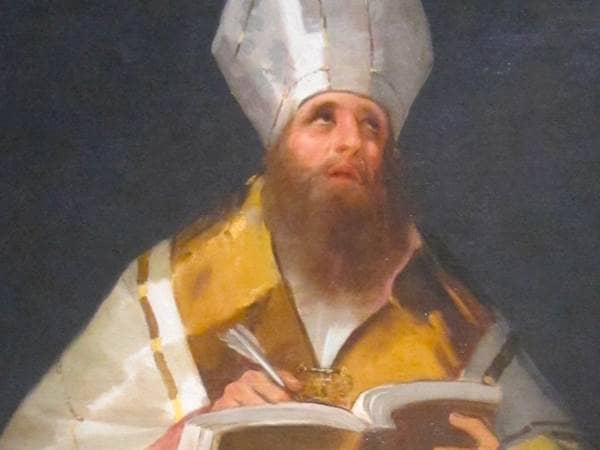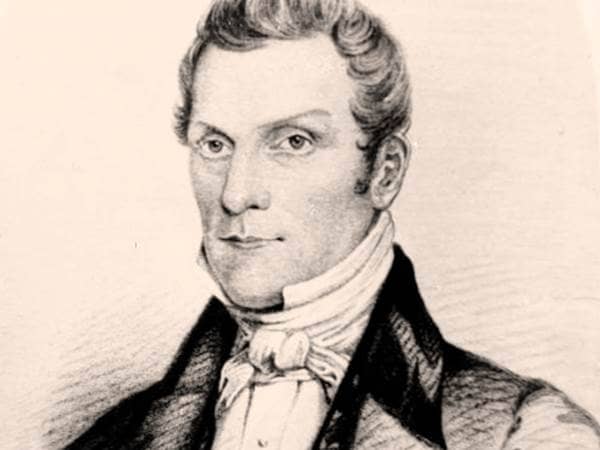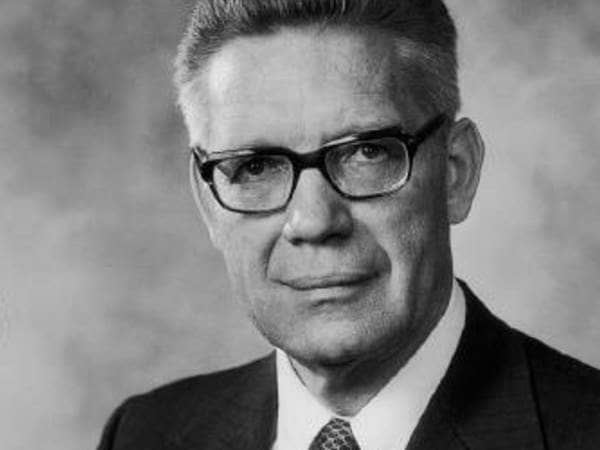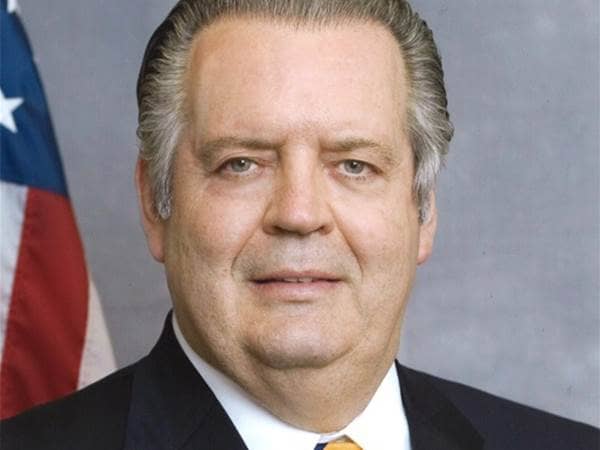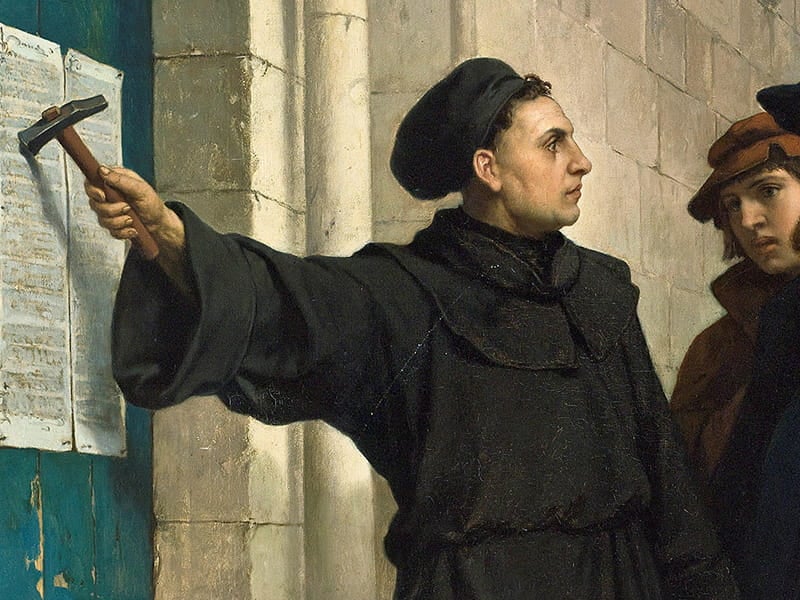
- Profession: Archbishop
- Lived: July 2, 1489 - March 21, 1556 (Reformation)
- Nationality: English
- Known for: Archbishop of Canterbury during the break with Rome and founding of the Anglican Church and creator of the Book of Common Prayer
Archbishop of Canterbury to King Henry VIII, Thomas Cranmer figures prominently in the Reformation. He helped navigate between the more conservative factions of the church and enthusiastic reformers during the period when England broke with Rome, and the Anglican Church was formed. Through several key publications, he introduced the first official service in English, and defined Anglican doctrine as distinct from Rome on the Eucharist, veneration of saints, married clergy and many other issues. His thinking on these changes was informed by his regular conversation with reformers in Europe. These efforts culminated in his signature work, the Book of Common Prayer (or BCP), the publication of which in 1549 simultaneously introduced an English-language liturgy for the church, and officially changed doctrine in many areas. (The use of English was controversial not only in the discarding of Latin, but also as some areas of Britain, such as Cornwall, did not speak English.)
Though Cranmer established the basis for the BCP through meetings with conservative and reformer church leaders, and he had collaboration during its development, a substantial part of this critical book was written by Cranmer himself, drawing from Lutheran and other Reformation sources, and stitching it together with his own ideas.
Henry had already died, and the regent of the new 10-year-old King Edward VI favored the reforms, but as always there was ongoing court intrigue. When Edward died at 15 of tuberculosis, control of the British throne flipped back to the Roman Catholic faith briefly under Queen Mary I. She reigned only five years, but in that time “Bloody Mary” restored Roman Catholicism as the state religion and executed 283 Reformation figures, including Cranmer. After Mary’s early death, control went to her younger sister, Elizabeth I, who restored the Anglican Church with Cranmer’s documents and reforms and reigned for 45 years, permanently establishing Anglicanism, but Cranmer was gone.
Though Cranmer established the basis for the BCP through meetings with conservative and reformer church leaders, and he had collaboration during its development, a substantial part of this critical book was written by Cranmer himself, drawing from Lutheran and other Reformation sources, and stitching it together with his own ideas.
Henry had already died, and the regent of the new 10-year-old King Edward VI favored the reforms, but as always there was ongoing court intrigue. When Edward died at 15 of tuberculosis, control of the British throne flipped back to the Roman Catholic faith briefly under Queen Mary I. She reigned only five years, but in that time “Bloody Mary” restored Roman Catholicism as the state religion and executed 283 Reformation figures, including Cranmer. After Mary’s early death, control went to her younger sister, Elizabeth I, who restored the Anglican Church with Cranmer’s documents and reforms and reigned for 45 years, permanently establishing Anglicanism, but Cranmer was gone.
Back to Search Results
